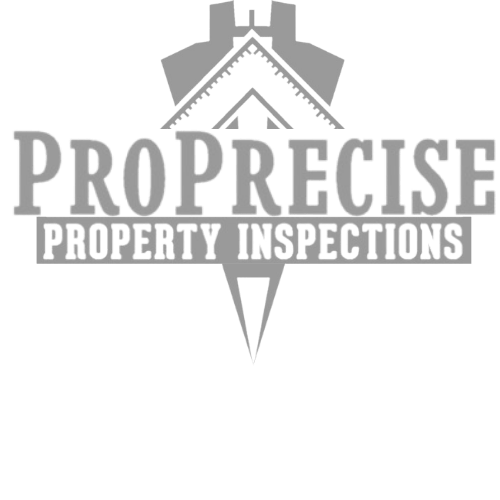SCHEDULE AN INSPECTION - CALL US
330-800-5914
Mold And Air Quality
Mold/Air Quality
Mold & Air Quality
There are many different varieties of mold. They are technically fungi that grow anywhere with enough water and oxygen and can start growing in as little as 24 hours with exposure to moisture. They break down organic matter as sustenance. When they're outside, they pose little risk. However, if mold makes its way inside your property, it should be dealt with immediately.
The Risks of Indoor Mold
Mold reproduces by releasing tiny spores that travel through the air. Most people are sensitive to mold spores to at least some degree. Exposure can cause stuffiness, coughing and wheezing, and irritation of the throat, eyes, and skin. Some people with allergies and other lung diseases can experience much more serious symptoms. In immuno-compromised people, mold exposure can cause significant lung infections. It doesn't just exacerbate asthma symptoms; the Ohio Healthy Homes Network
says it has even been linked to the development of asthma.
The
EPA says
those who are allergic to mold spores specifically can experience symptoms similar to Hay Fever. That may include sneezing, runny nose, red eyes, and a rash on the exposed skin.
Black Mold (Stachybotrys Chartarum)
Black Mold has earned itself a sinister reputation for its catastrophic health impacts. In 1994, the material was connected to several pulmonary hemorrhaging cases among
children in Cleveland, Ohio. Today, Black Mold is associated with poor indoor air quality that develops in water-damaged buildings. It is less common than other types of mold, but it is not rare. Black mold should be treated just as serious a problem as asbestos, lead, and radon.
What to Expect from Your Mold Inspection
If you are thinking about buying or selling your home, you'll need a mold inspection. You should also get one if you believe you can smell mold, or if your home has recently been exposed to flooding or other high-moisture situations. ProPrecise Property Inspections has licensed professionals who will walk you through the entire process.
If you merely smell mold, an inspection and mold test can reveal where any elevated levels of mold are located. That inspection may reveal plumbing leaks or water issues within your home or business that you were not aware of. Mold may exist in the air, behind the walls, or in other hard-to-reach areas of the home that you do not typically look over. Common places affected include the attic, crawlspaces, basement, and around plumbing fixtures.
The professionals with ProPrecise will collect up to two air samples in the home and send them to a verified AIHA-accredited lab for analysis. You can also arrange to have more samples collected if needed. Then, we'll send you an easy-to-read report that details the problems you're facing, and a recommended course of action to remedy the buildup, including clean up and remediation of the source of moisture. After the mold issue is addressed, we'll do another test to make sure everything has been fully resolved, and mold counts have returned to normal levels.

